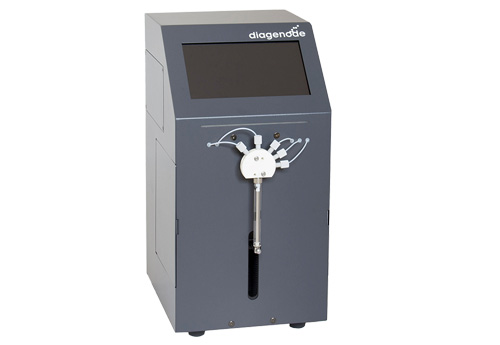Translating GWAS-identified loci for cardiac rhythm and rate using an in vivo image- and CRISPR/Cas9-based approach.
von der Heyde B, Emmanouilidou A, Mazzaferro E, Vicenzi S, Höijer I, Klingström T, Jumaa S, Dethlefsen O, Snieder H, de Geus E, Ameur A, Ingelsson E, Allalou A, Brooke HL, den Hoed M
A meta-analysis of genome-wide association studies (GWAS) identified eight loci that are associated with heart rate variability (HRV), but candidate genes in these loci remain uncharacterized. We developed an image- and CRISPR/Cas9-based pipeline to systematically characterize candidate genes for HRV in live zebrafish embryos. Nine zebrafish orthologues of six human candidate genes were targeted simultaneously in eggs from fish that transgenically express GFP on smooth muscle cells (Tg[acta2:GFP]), to visualize the beating heart. An automated analysis of repeated 30 s recordings of beating atria in 381 live, intact zebrafish embryos at 2 and 5 days post-fertilization highlighted genes that influence HRV (hcn4 and si:dkey-65j6.2 [KIAA1755]); heart rate (rgs6 and hcn4); and the risk of sinoatrial pauses and arrests (hcn4). Exposure to 10 or 25 µM ivabradine-an open channel blocker of HCNs-for 24 h resulted in a dose-dependent higher HRV and lower heart rate at 5 days post-fertilization. Hence, our screen confirmed the role of established genes for heart rate and rhythm (RGS6 and HCN4); showed that ivabradine reduces heart rate and increases HRV in zebrafish embryos, as it does in humans; and highlighted a novel gene that plays a role in HRV (KIAA1755).

